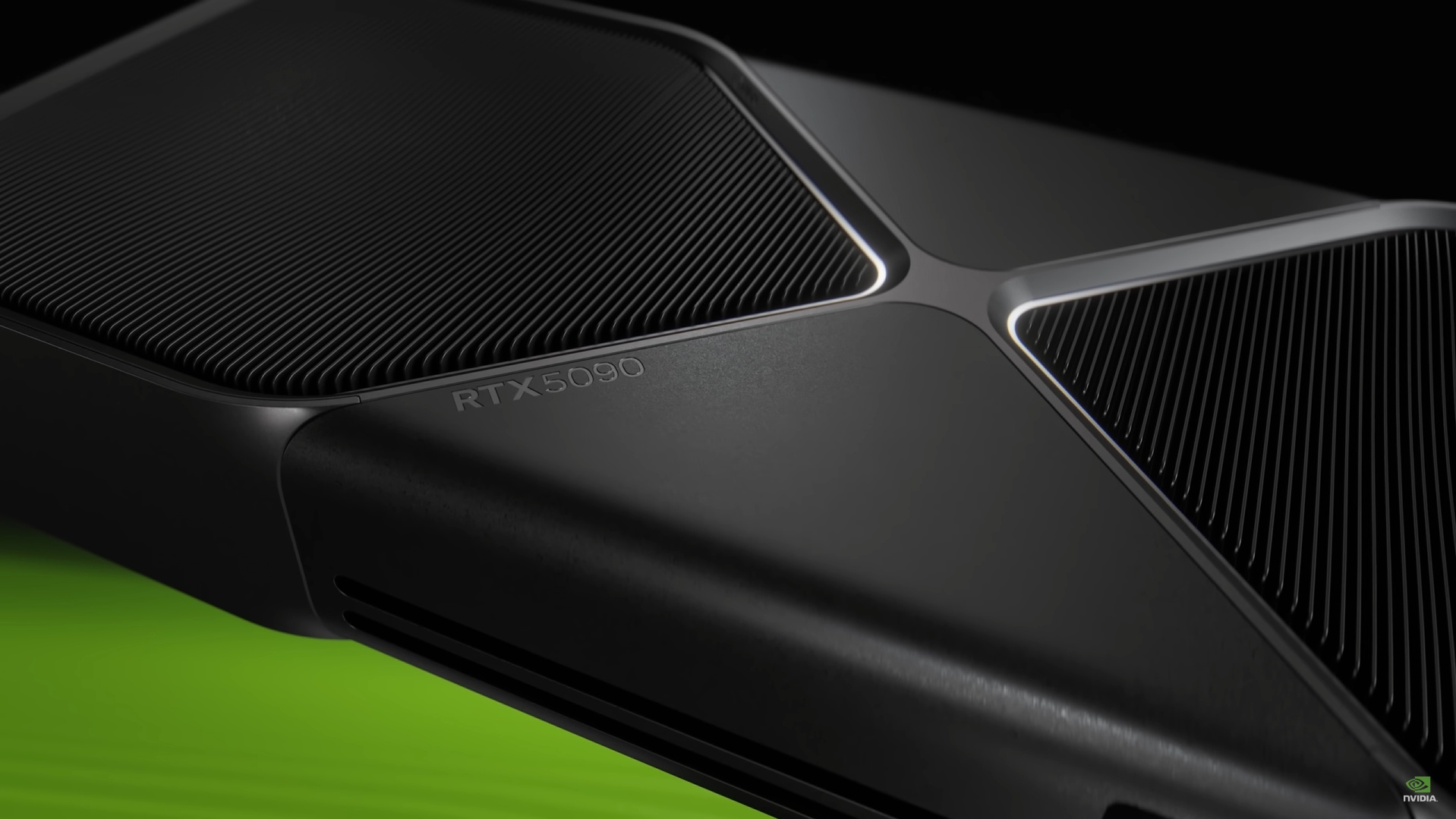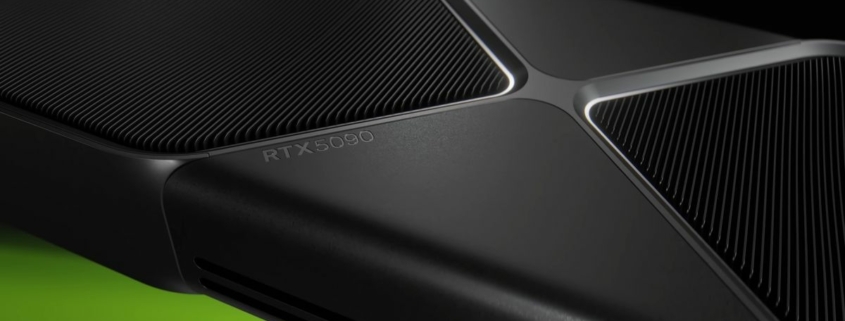AIB vendors getting the RTX 5080’s memory config wrong could mean 50-series Super cards have more and faster VRAM

While the Nvidia GeForce RTX 50-series cards that were announced this week at CES 2025 have initially wooed us with somewhat reasonable pricing and frame generation magic, they haven’t been showstoppers on the memory front. That’s especially the case given it looks like AMD’s RX 9070 graphics cards will have 16 GB of VRAM and presumably be cheaper than Nvidia’s 16 GB cards.
However, if a recent MSI packaging mistake (via Videocardz) and Gigabyte listing mistake (via Videocardz) are anything to go by, the milquetoast memory configs of most of the 50-series cards—not terrible by any stretch, but nothing to write home about—might have only been a recent change. And, moreover, these “mistakes” might signify future RTX 5080 GDDR7 configs.
Nvidia says: “Blackwell is equipped with the world’s fastest memory – GDDR7 with speeds up to 30Gbps.” The RTX 5090, 5070 Ti, and 5070 have 28 Gbps memory, while the RTX 5080 has 16 GB of 30 Gbps memory.
In a video which now seems to have been changed or shortened, MSI reportedly showed RTX 4080 Vanguard Launch Edition packaging that claimed 24 GB of GDDR7 RAM for the card—8 GB more than it actually has. Judging by the product page for this graphics card, MSI seems to have corrected this packaging to say 16 GB of GDDR7 memory.
Gigabyte, on the other hand, is listing its RTX 4080 cards with specifications that show a 32 Gbps memory clock. This is 2 Gbps higher than Nvidia’s claimed memory speed for the card.
So, what’s up with the confusion? Well, according to Videocardz, Nvidia delivered a final BIOS to board partners late, which led to them postponing the launch until January 30. This might mean that AIB partners were working with outdated information, and Nvidia originally planned different memory configs.
It’s important to note that 24 GB capacity, 32 Gbps speed GDDR7 memory should be available from Micron at some point, so this specific configuration—combining both MSI and Gigabyte “mistakes”—makes sense. This memory will use 3 GB modules to make up the 24 GB total, with a presumed 256-bit bus width (8x 3 GB modules, each 32 bits wide).
If this memory capacity and speed was initially planned but then scrapped—perhaps to keep prices lower or because the memory might not be in mass production yet—it could be on the table for a 50-series Super refresh down the line.
And if 3 GB GDDR7 memory does end up being used, it might not only mean an RTX 5080 Super with 24 GB of VRAM, but possibly even a lower-end refreshed card with 18 GB of VRAM. Perhaps an 18 GB RTX 5070 Super. All speculation, of course, but nothing beyond the realms of possibility.
Source link




